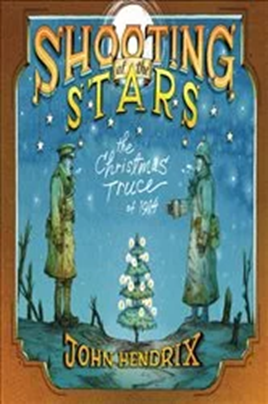Anti-War: Children's Edition
- Tamara Shrugged
- Nov 23, 2023
- 3 min read
Updated: Jan 8, 2024
“In every Zook house and in every Zook town every Zook eats his bread with the butter side down. But we Yooks, as you know, when we breakfast or sup, spread our bread, Grandpa said, with the butter side up. That’s the right, honest way, Grandpa gritted his teeth. So, you can’t trust a Zook who spreads bread underneath.” – The Butter Battle Book
Walls have been built for many millennia and for many reasons. Walls can be used to separate land, designate borders, and even provide safety from enemies. Among the most famous walls was the Great Wall of China, built to hinder invaders while separating the civilized world from the primitive. For 28 years, the Berlin Wall divided Germany by ideology, while the West Bank, beginning in 2002, segregated the Palestinians from the Israelis, in the name of protection. Whatever the case, it was Baptist minister and Freemason, Joseph Fort Newton, who once noted that “Men build too many walls and not enough bridges”, lamenting how we rush to close ourselves off instead of finding ways to bridge connectable divides.
In Dr. Seuss’s 1984, “The Butter Battle Book”, Seuss brings the Cold War competition to his classic anti-war story about two tribes angry about butter. Considered controversial in its day, its publication was subjected to a book ban in Canada, resulting in copies pulled from library shelves. Seuss’s mockery of the US/Soviet Union arms race parodied its acceleration of weaponry ultimately ending with the nuclear bomb. Suitable for children ages 2-8, Seuss’s tale helps children see the senseless reasons that cause many conflicts whether over different customs, beliefs, or religions.
It was a naval arms race between Britain and Germany that contributed to the onset of World War I before Germany rejected the Treaty of Versailles, leading to another arms race that initiated World War II. To force Japan’s surrender, the US dropped two atomic bombs in 1945, the first- and only-time nuclear weapons were used in warfare. Since then, disarmament through international treaties has received acceptance by dozens of countries, although not all participate.
Seuss’s Yooks and Zooks were separated by a wall, deepening their animosity with each other. As time went by, their own arms race accelerated to the creation of a Bitsy Big-Boy Boomeroo Bomb after weeks of one-upmanship in their quest for military superiority. Instead of tolerance for one another’s differences in cultural preferences, they chose war over peace.
An eye for an eye makes the whole world blind is an expression often attributed to Mahatma Gandhi, taken from a biblical verse in Exodus 21, where God lays out his instructions to the Israelites regarding violence. “If there is a serious injury, you take a life for a life, eye for an eye, tooth for a tooth”. Yet, biblical teachings would also recommend that rather than revenge, one should turn the other cheek and seek reconciliation, substituting a proportional response for evil, with the mercy of de-escalation.
The earliest bridges sprung from steppingstones laid out to provide a path over an inhospitable void—eventually, bridges provided passage over larger obstacles allowing two sides to connect over a seemingly impossible span. Had the Yooks and Zooks built a bridge rather than a wall, perhaps they’d be enjoying their meals together, regardless of which way the bread is buttered.







Comments